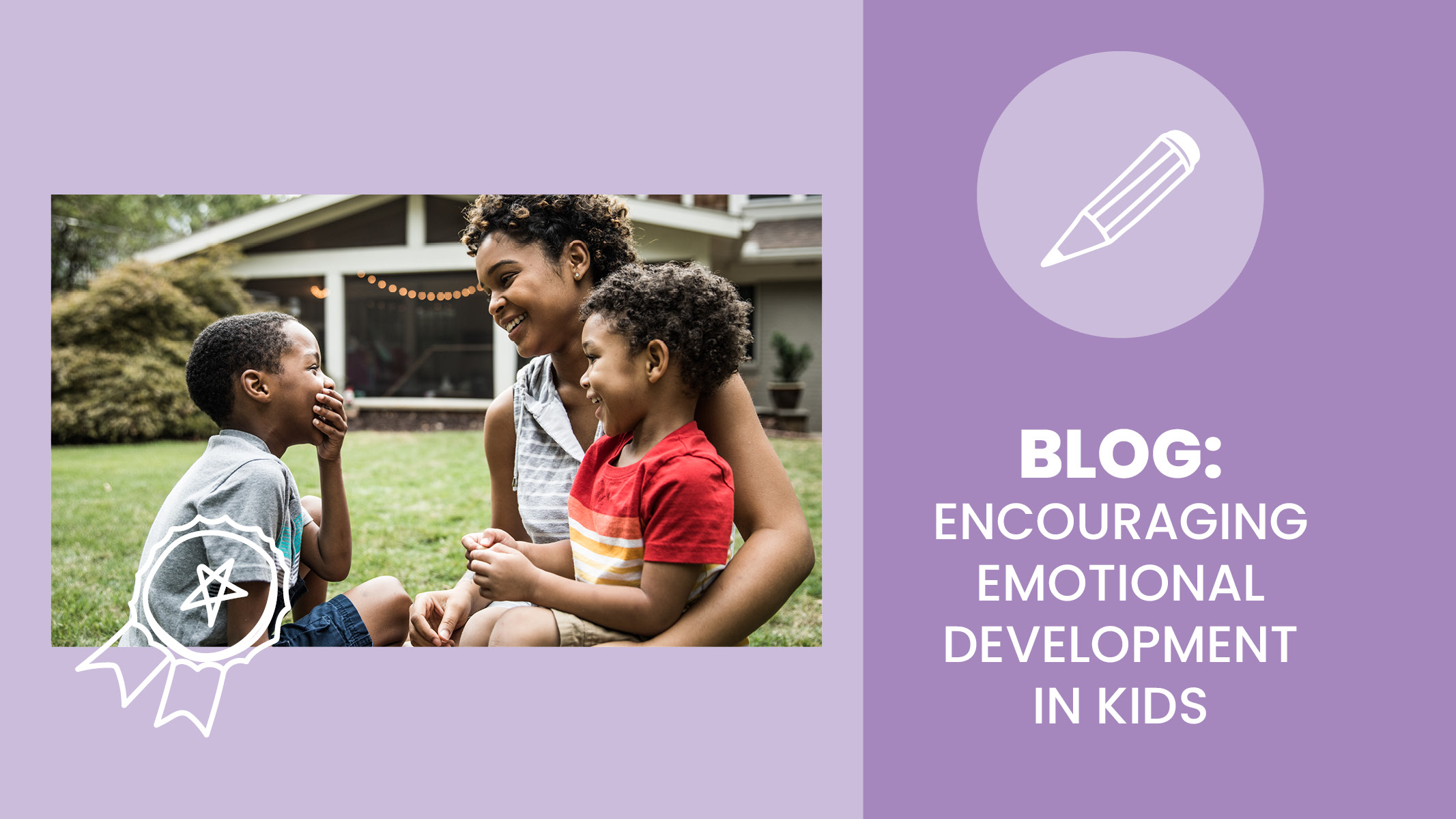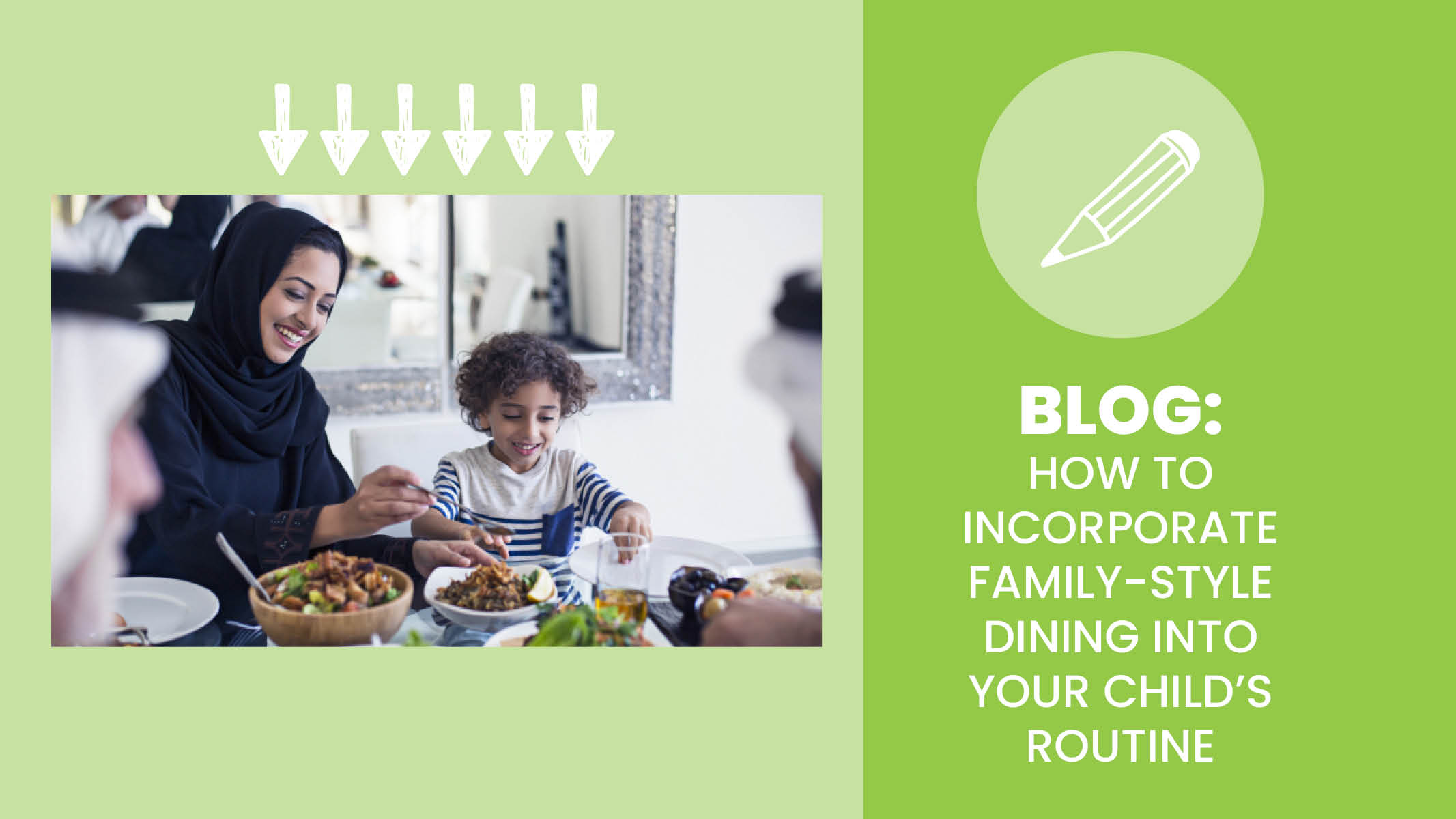How often do you think about your child’s social and emotional development? Are you wondering how to facilitate social and emotional growth or just how important emotional development is in your child’s overall well-being?
According to the CDC, healthy child development means that all children can grow up where their social, emotional, and educational needs are met. Having a safe home, proper nutrition, exercise, and sleep are also a part of healthy development. “Mood” is one of fit’s four main pillars because not only does your child’s feelings and emotions contribute to their social and emotional development, but they also impact their overall health including educational needs, proper nutrition, exercise, sleep, and so much more.
fit recently sat down with Michelle Heesch, a Pediatric RN and Certified Child Life Specialist, to learn how caregivers can aid children in understanding and expressing their feelings and emotions and how this furthers their development.
At times, it can be challenging to express how we feel. How can parents/guardians aid children in identifying and labeling their feelings? Often, children aren’t quite sure how to accurately express how they feel. This can be because of a limited vocabulary or not understanding what they are feeling. Think of a toddler's vocabulary when they only know a few words. It’s difficult to say "I'm really overwhelmed," so it comes out as a tantrum instead. Children benefit from adults giving them the words for their feelings in the moment, and when adults can model that behavior and name their own feelings. It’s very appropriate to tell your children what you are feeling and why. For example:
- “I feel so happy when I can spend time with you. When I’m happy, I feel like smiling.”
- “I'm frustrated my plans didn't work out. When I'm frustrated, my tummy feels funny and I feel like giving up.”
- “I'm sad we can't go to the park right now. When I'm sad, I sometimes feel like crying.”
Why is it important for kids to understand their feelings and emotions? When children don’t understand their emotions or don’t have the opportunity to express what they are feeling, often they grow up to be adults that don’t know how to articulate their feelings and emotions. When children are given the words to express what’s going on, it helps them self-regulate their emotions and identify coping strategies to help when they are feeling a certain way. As children become more familiar with the names of their emotions, they can verbalize how they are feeling which decreases tantrums, outbursts, and other unpleasant behaviors.
What are some safe coping strategies or methods of expression for kids who are feeling mad, sad, or happy? After naming their feelings, it is helpful to identify coping strategies for children to use. For example, “You sound frustrated that you can’t get your shoe on, if you ask a grown-up they would be more than happy to help you.”
Some of our favorite safe coping strategies include physical activity, taking deep breaths, throwing cotton balls as hard as you can into a container, laughing and telling jokes, talking to a trusted grown-up, dancing, drawing a picture of my feelings, anything that is safe and allows expression.
How do my child’s feelings and emotions impact their mood and overall well-being? No matter what emotions kids experience, those feelings will put them in a mood. The mood that a child is in will impact the decisions and choices they make. For example, if a child feels tired, they may not want to play outside. Or if a child is bored, they may not feel like eating nutritious food. To help kids manage their mood, they can practice mindfulness. When a child starts to recognize their mood, they can ask themselves, “How am I feeling right now? Why do I feel the way I do right now?”
Developing these social and emotional skills will ultimately help kids become successful both academically and socially. If you’re looking for a kid-friendly resource your child can use to begin thinking through their feelings and emotions, check out our How I Feel printable or our Recognizing Feelings and Emotions video to help your little ones identify emotions which can impact their mood.
Ready for More? You Might Also Like:
Emoji Mood Cards
Managing Emotions Printable
Animal Breathing Techniques Video


